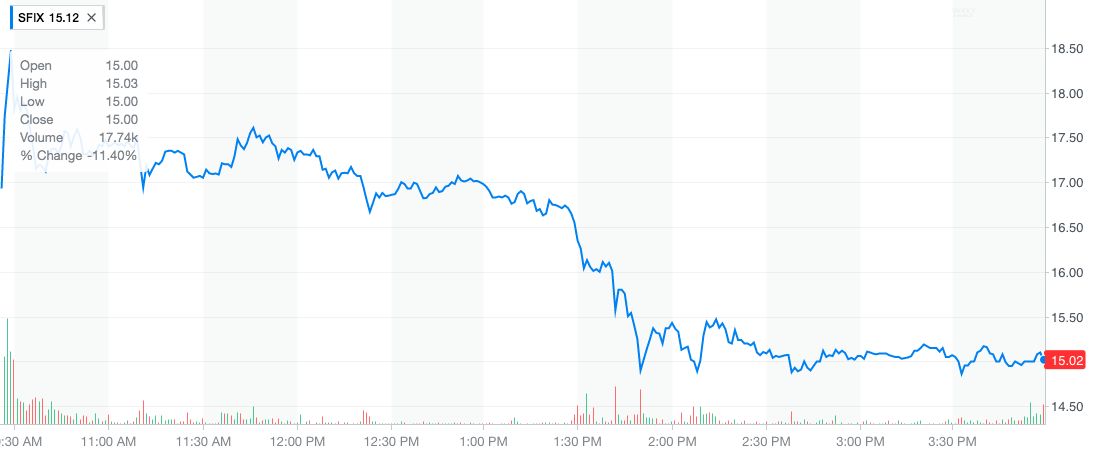Target store staff can now create online orders for customers when local merchandise is unavailable

Amazon and Walmart aren’t the only major U.S. retailers looking to better merge online with brick-and-mortar operations. Today, Target announced a new app called “myCheckout” for its store staff that will allow them to process online transactions on the customer’s behalf, including taking payments, right from the store’s floor when merchandise is unavailable locally.
That is, if a customer is shopping at their local Target store and can’t find an item in the size they want or in the right color – or even if the item itself is temporarily sold out ahead of an expected shipment, for example – the Target employee can place an online order on the customer’s behalf to have the product in question shipped directly to the customer’s home.
The myCheckout app runs on a handheld mobile devices that have a credit card reader attached for taking payments. When assisting the customer, the store employee can scan the barcode from the shelf or a similar product, then check availability on the spot, including both online and at other area stores. They can then offer to ship the item to the customer’s home.
Customers will receive an email confirmation, as if they had shopped online themselves, and can take advantage of Target’s REDcard discount, if they opt for that payment mechanism.
“Guests already enjoy shopping here, but we can also ship direct to their home from our stores. The future of retail will neither be digital nor physical–it’ll be both,” said Mike McNamara, Target’s
Chief Information & Digital Officer, in an announcement of the new technology.

The app has been in testing with select stores starting this spring, and has already processed over 10,000 customer transactions during this period, Target says. The retailer says myCheckout will be available across all chains in time for the holiday shopping season.
The new app is only of a handful of new technology announcements Target is announcing today.
The company also updated its self-checkout systems with new software that’s more intuitive for guests. While the old systems weren’t terrible, necessarily, the checkout flow wasn’t as smooth and seamless as it could be. This often led to slow-moving self-checkout lines, and the need for store staff to intervene to help customers.
The updated software rolled out in August, and Target says guest satisfaction scores have increased as a result.
Target also more than doubled the Wi-Fi bandwidth in its stores as part of a network infrastructure upgrade that include more than 300 miles of fiber-optic cables to its stores and distribution centers. The overall upgrade impacts store Wi-Fi checkout, registers, and team member handhelds, and it includes a new backup system.
That system was already tested during Hurricane Harvey and Hurricane Irma in Texas, Louisiana and Florida, when over 120 Target locations failed over to the backup network, and all but two stayed connected during the storms.
Target additionally detailed its use of custom bots that help detect glitches, troubleshoot, then put fixes in places, sometimes before staff even alerts I.T. to an issue. The bots have saved 1,000 store team member hours since rolling out over September and October, the company says.
While the U.S. e-commerce battle today rages between Walmart and Amazon, with the two competing on everything from curbside pickup options, to free delivery, and even keyless entry for at-home-deliveries, as of late, Target has also been rapidly rolling out new technology to adapt to the new way customers shop.
For instance, the retailer quickly expanded its next-day “everyday essentials” shipping service, which now reaches over 70 million customers; it’s been testing small-format urban stores with plans to operates 130 of these by 2019; and plans to roll out a mobile wallet feature that works with REDCard.
Published at Tue, 31 Oct 2017 16:09:07 +0000





